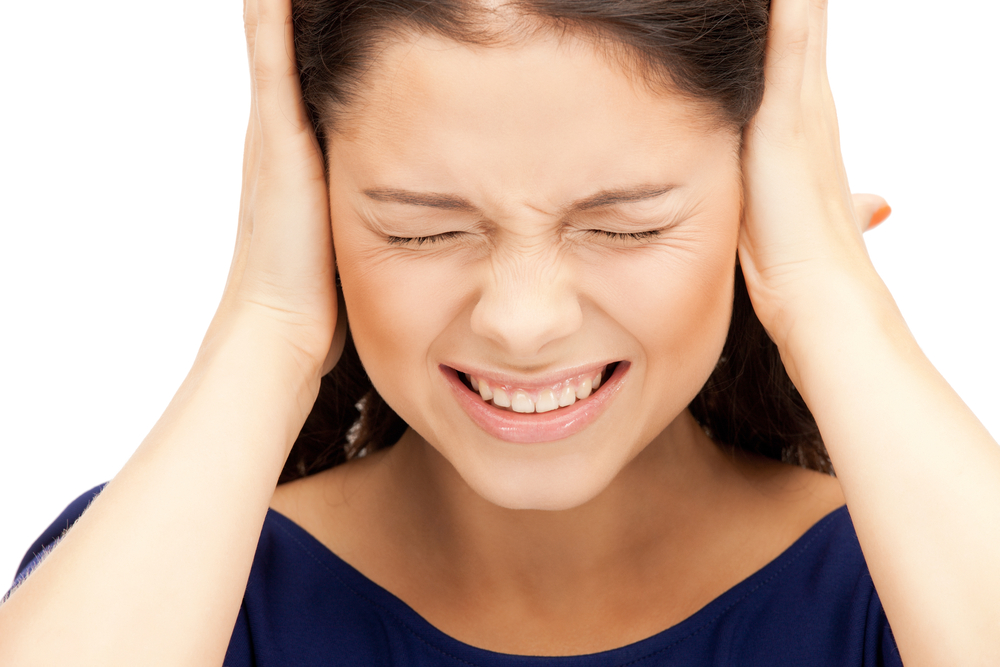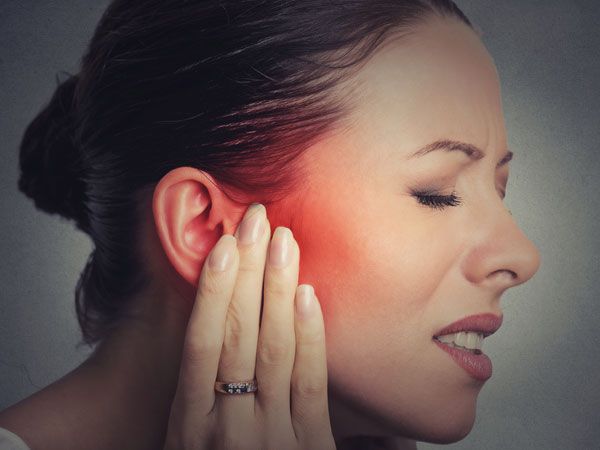Just In
- 1 hr ago

- 9 hrs ago

- 9 hrs ago

- 13 hrs ago

Don't Miss
- Movies
 Bigg Boss Malayalam 6 Elimination: Twist In This Week's Eviction? Saranya Or Sreerekha To Leave The House?
Bigg Boss Malayalam 6 Elimination: Twist In This Week's Eviction? Saranya Or Sreerekha To Leave The House? - Finance
 HDFC Bank Q4 Preview: Net Profit Likely To Grow 56% YoY; Credila Stake Sale To Fuel Earnings
HDFC Bank Q4 Preview: Net Profit Likely To Grow 56% YoY; Credila Stake Sale To Fuel Earnings - Sports
 RCB Green Jersey Match: Record And Stats Ahead of KKR Meeting in IPL 2024
RCB Green Jersey Match: Record And Stats Ahead of KKR Meeting in IPL 2024 - Automobiles
 Mahindra XUV 3XO SUV – Everything We Know So Far
Mahindra XUV 3XO SUV – Everything We Know So Far - Technology
 Redmi Note 13 5G Series Begins the Shift from MIUI to Android 14-based HyperOS in India
Redmi Note 13 5G Series Begins the Shift from MIUI to Android 14-based HyperOS in India - News
 Amit Shah Advocates Uniform Civil Code: India's Next Legal Reform?
Amit Shah Advocates Uniform Civil Code: India's Next Legal Reform? - Education
 Exam Pressure Does Not Exist; Studying Punctually is Crucial; Says Aditi, the PSEB 2024 Topper
Exam Pressure Does Not Exist; Studying Punctually is Crucial; Says Aditi, the PSEB 2024 Topper - Travel
 Journey From Delhi To Ooty: Top Transport Options And Attractions
Journey From Delhi To Ooty: Top Transport Options And Attractions
Dealing With The Side Effects Of Flying
Dreading your next trip because you are one of the hundreds of fliers who suffer from pain in the ears the minute your flight takes off? Ear problems are surprisingly common among travellers on aeroplanes. While they can be mildly annoying sometimes, at other times, there can be more serious effects, including acute pain in the ears, ear discharge and even temporary loss of hearing. However, fear not. Understanding why it happens as well as taking a few precautions can ensure that your journey is pleasant from take-off to landing!
Understanding Blocked Ears
The Eustachian tube is a membrane-lined tube, about the thickness of a pencil lead, which connects the back of the nose to the ears. On one side (the ear), we have a space surrounded by bone and closed off from the outside world by the eardrum, and on the other side, a space that is open to the outside through the nose and mouth.

The closed space in the ear is lined by a membrane which constantly absorbs air and this air is replaced from the Eustachian tube. Thus air pressure outside the eardrum and inside the space remains equal. When there is a difference in pressures, the ear feels blocked. This is because if the air in the middle ear is absorbed but not replaced, a vacuum forms which pulls the eardrum inwards, causing a block as it cannot vibrate. It is the stretching of the eardrum that causes pain.
This vacuum also pulls fluid into the space from the membrane, filling the middle ear with fluid. This can be dangerous as when the fluid builds up, it punctures the ear drum leading to discharge from the ear.

Common Causes Of Eustachian Block
Common cold, nasal allergies and infection in the tonsils or throat.
How Flying Causes Ear Block
When your flight takes off or lands, there is a rapid change in the air pressure. This causes swelling of the membranes, which does not allow the air pressure inside the ear to equalise rapidly, which in turn results in blocked Eustachian tubes and other ear problems.
How To Unblock The Tubes
Swallowing unblocks the Eustachian tubes by activating muscles that open them. Chewing gum or sucking on hard candies can help. Yawning works better.
If yawning and swallowing don't work, pinch your nose shut, close the mouth and make sure you blow air into the nose from the mouth very gently.
If the pain and block persists, see a doctor immediately to get decongestant nasal drops and sprays to open the Eustachian tubes before fluid builds up in the ears. In rare cases, if the build-up of fluid in the ear is too much, the doctor may make a tiny puncture in the eardrum to release it.
If the problem is recurrent, tiny plastic or metal tubes are inserted into the eardrum to equalise the pressure. These are called grommets-they fall out when the Eustachian tube function recovers.
For Babies
Sucking on a pacifier or feeding bottle during take-off or landing of the flight works. It is a good idea to feed the baby during the flight. Make sure you don't allow the child to sleep during take-off and landing.

For People With Chronic Problems
Nasal decongestant drops and sprays can be used to open the Eustachian tubes.
Tips For Air Travellers
·
If
you
have
had
ear
surgery
or
are
seeking
treatment
for
any
problem
in
your
ears,
ask
your
doctor
if
it's
okay
for
you
to
take
a
flight.
·
If
you
are
currently
suffering
from
a
severe
cold,
sinus
infection,
or
an
allergy
attack,
consider
postponing
your
trip.
·
Keep
a
decongestant
pill
or
nose
spray
handy.
Use
it
approximately
an
hour
before
the
descent
to
help
the
ears
pop.
·
Make
sure
you
stay
awake
during
take-off
and
descent.
·
Carry
chewing
gum
or
a
couple
of
hard
candies
that
you
can
pop
into
your
mouth
during
your
flight.
Dr Dillon Dsouza , Consultant ENT and Head and Neck surgeon , attached to Jaslok hospital , Breach Candy hospital and Desa"s hospital.
-
 pregnancy parentingMyths vs Facts: You Can't Fly During Pregnancy
pregnancy parentingMyths vs Facts: You Can't Fly During Pregnancy -
 skin careYour Guide To The Most Effective In-Flight Skincare Routine
skin careYour Guide To The Most Effective In-Flight Skincare Routine -
 wellnessHere Are Some Ways Which Will Help You Feel Better While Flying
wellnessHere Are Some Ways Which Will Help You Feel Better While Flying -
 pulseWhen Is The Best Time To Buy Plane Tickets, Have A Look!
pulseWhen Is The Best Time To Buy Plane Tickets, Have A Look! -
 pulseReasons Not To Use Toilets During Landing/Takeoff
pulseReasons Not To Use Toilets During Landing/Takeoff -
 wellness6 Must Avoid Foods When Travelling
wellness6 Must Avoid Foods When Travelling -
 pulseAge Not A Barrier For This Captain
pulseAge Not A Barrier For This Captain -
 healthWorld Hearing Day 2024: Doctor Shares Essential Tips for Optimal Ear Health
healthWorld Hearing Day 2024: Doctor Shares Essential Tips for Optimal Ear Health -
 healthExclusive: Is Daily Ear Cleaning Wise? Doctor Shares The Dos And Dont's Associated With This Habitual Practice
healthExclusive: Is Daily Ear Cleaning Wise? Doctor Shares The Dos And Dont's Associated With This Habitual Practice -
 healthSuffering from Ear Pain? Uncover Its Possible Reasons and Notifications!
healthSuffering from Ear Pain? Uncover Its Possible Reasons and Notifications! -
 disorders cureDizziness And Its Types, Causes, Complications And Treatments: How Is It Different From Vertigo?
disorders cureDizziness And Its Types, Causes, Complications And Treatments: How Is It Different From Vertigo? -
 disorders cure10 Effective Natural Remedies For Treating Ear Pimples
disorders cure10 Effective Natural Remedies For Treating Ear Pimples


 Click it and Unblock the Notifications
Click it and Unblock the Notifications



